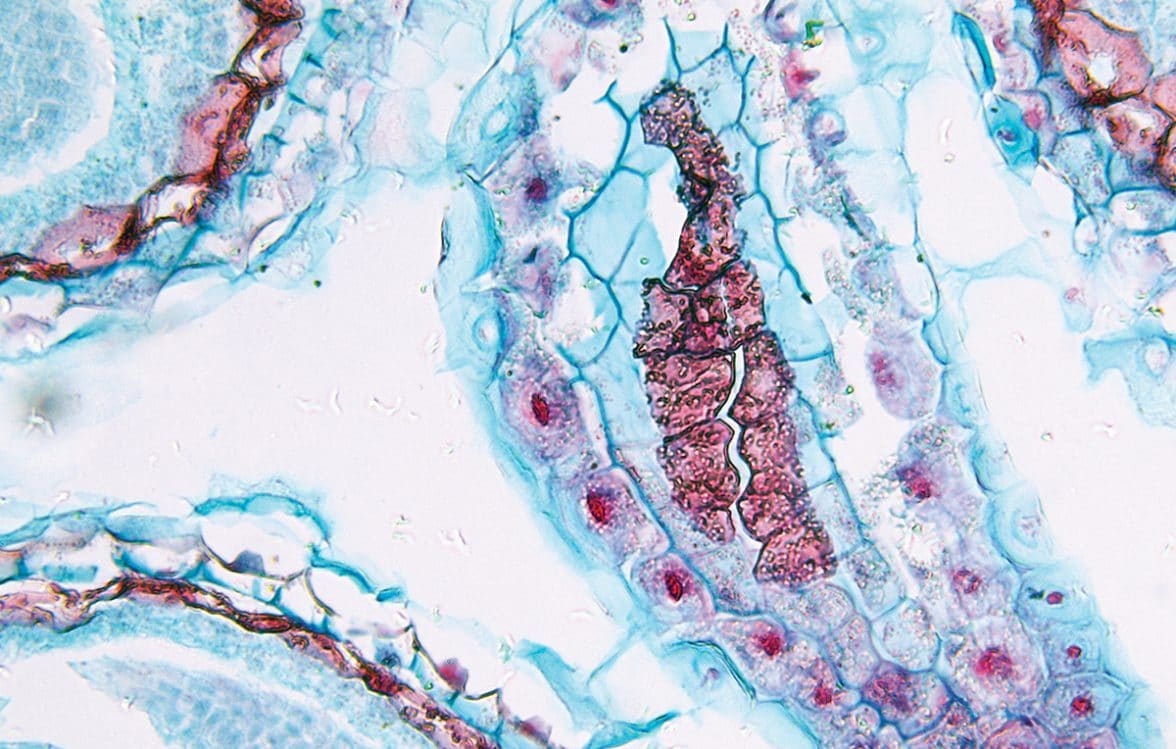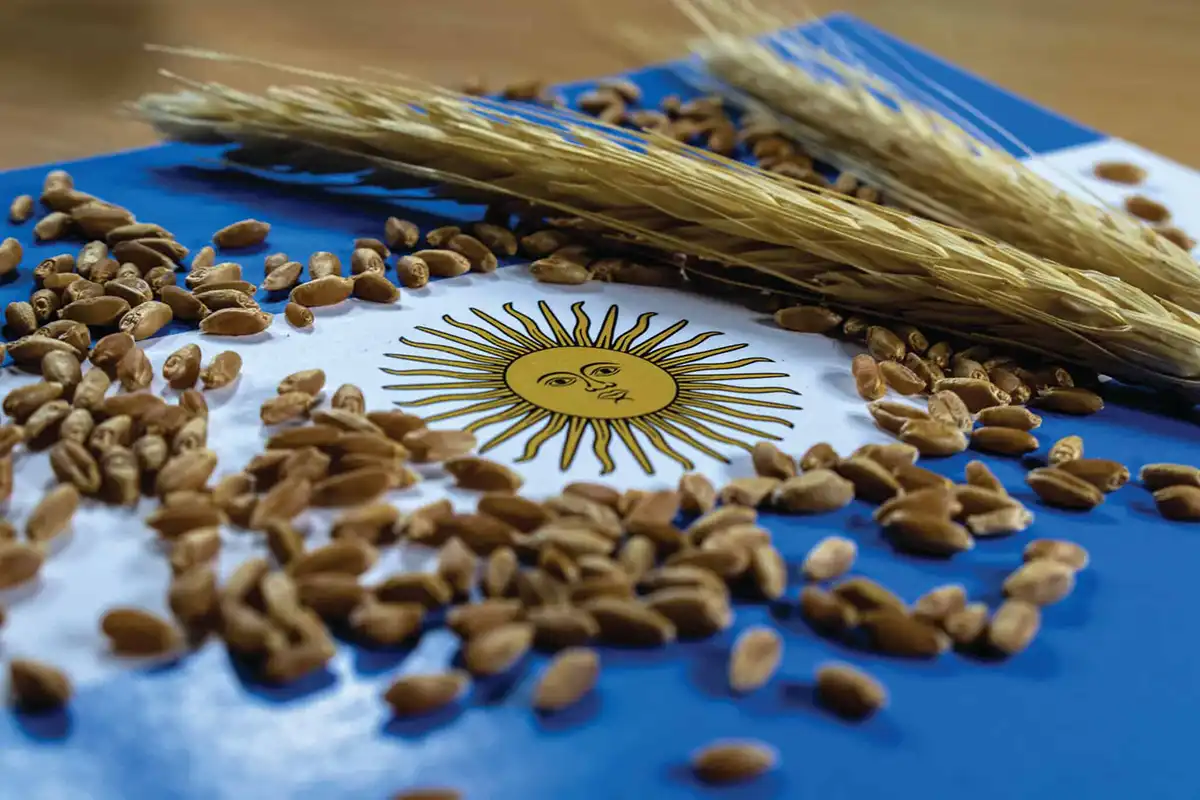How does the seed industry view the application of molecular techniques in DUS testing?
Over the past few years, there have been regular discussions about the use of biomolecular techniques in the testing for Distinctness, Uniformity and Stability (DUS), which are the primary prerequisites for granting plant breeders rights to a new plant variety. With many applicants and examination offices in favour of the application of such techniques in DUS testing, and others expressing their concerns, it was time for European Seed to dive into this topic. We sat down with Barry Nelson, research scientist at DuPont Pioneer, and Paul Nelson, corn breeder at Monsanto.
European Seed (ES): Why is it necessary to add these techniques to the toolbox of the DUS examiner?
Barry Nelson (BN): Research has shown that morphological traits, which are the cornerstone of the current UPOV system, do have limitations as a characterization method. This assertion is largely due to morphological expression being the result of genotype by environment interactions, which cause a great amount of error in variety assessment. UPOV has developed huge volumes of complex statistical methodologies with the objective to take into account and minimize the clouding effects of environmental interactions on the expression of morphology (e.g. plant height, leaf angle, leaf numbers, etc.). However, even when using these protocols, it is still possible to characterize the same variety as different when grown in different environments. DNA markers do not have that interaction because characterization is done on the DNA code itself in a controlled laboratory environment.
Opportunistic competitors can ‘access’ proprietary genetics, then grow the exact same variety in a different location for DUS testing. When submitted for plant breeders’ rights (PBR), examiners have been compelled to grant each a PBR because the morphology changes within the environment. Thus, distinctness criteria were met, even though the genetics were exactly the same. This is clearly a problem.
Also, PBR examiner groups have been under pressure for years because of the growing size of reference variety sets. Particularly, field crop species have large reference sets and numerous new applications annually. The cost of trying to grow and compare all varieties of a species has become resource intensive. UPOV has allowed the introduction of markers in DUS testing, when the marker is a surrogate for a morphological characteristic and to help in the management of reference collections.
Paul Nelson (PN): Breeding efforts around the globe are expanding, as is the use of intellectual property protection, thus the number of varieties of common knowledge is increasing rapidly. Further, breeders are recycling highly productive lines within elite germplasm pools and successive generations are bred towards an ideal type. The result is greater productivity in farmer’s fields, but this also renders morphology less discriminant than in the past; this is where molecular techniques can assist in distinguishing between varieties. DNA marker techniques also facilitate germplasm movement between countries, as they provide a ‘common language’ for communication between PBR authorities.
ES: What are the advantages of the use of such techniques in DUS testing? And drawbacks?

PN: [tweetshareinline tweet=”One advantage is that DNA markers provide a common language for cooperation between breeders and PBR authorities around the globe…” username=”EuropeanSeed”], and in this way, transcend environmental influences which are highly interactive with morphological characteristics. At the same time, molecular techniques can increase precision in DUS examination and augment the classical morphology approach. A drawback is that because these are new techniques in the context of DUS, there will be some startup hurdles which may slow the pace of adoption. Proper training for examiners and PBR authorities can reduce the impact of such hurdles.
BN: Reductions in cost, time, increased precision, and harmonization among countries are the key advantages. Breeders globally have widely integrated DNA markers into breeding programs, trait integration, quality assurance testing and even enforcement. The benefits of markers are many and experience in the public and private sectors have shown that. Also, the questions that breeders have been answering using DNA markers are not that far off from the same questions being asked in DUS testing. Breeding organizations have been using markers to answer D, U, and S questions for research and seed multiplication to maintain high levels of quality assurance for decades.
As with any characterization system, there have to be clear and defined protocols for the use of markers. It is going to take some time to develop these protocols for use in DUS examination, but clearly, it can be accomplished for the many species covered by PBR. Official guidelines are in development for soybean and maize, at least in the U.S., and also for soybean in South America.
ES: Not everybody is convinced that we should be introducing such techniques in DUS testing. What is the reason for these concerns?
BN: At the genesis of UPOV, morphology was the only characterization method that existed, so, for some, it is the firm belief that morphology should be maintained because it was the foundation upon which UPOV was founded. Some also insist that the definition of “expressed” in “expressed traits” requires that characteristics be used that have a genetic basis made visible through expression of RNA and protein to specific traits. Given where the breeding industry has moved technologically with DNA marker characterization and widely applied usage, this change should be positive. If the UPOV system was being developed today, it would utilize DNA markers or DNA sequence data.
Furthermore, over the last 30 years there has been rapid evolution of marker technology making it a challenge to determine which marker system to choose. Now however, molecular characterization has reached the single base pair level or the smallest unit of the DNA code. It is likely that technological advances will continue, but assays will remain at the base pair level allowing consistent databases of marker profiles to be developed.
PN: [tweetshareinline tweet=”I believe much of the concern stems from the unfamiliarity with the new techniques.” username=”EuropeanSeed”] Additionally, there is concern over the abuse or misapplication of the technology. It is important that those who are exploring DNA marker methods, for the purpose of DUS, are aligned with stakeholders and provide transparency into the process. I mean, transparency into the prescribed applications of the technology and into the scientific process for arriving at that prescription. Further, publicly available protocols should be established and adopted, which would minimize the opportunity for abusing the technology.
ES: How can these biomolecular techniques help improve the quality and efficiency of DUS testing?
PN: These techniques can improve the DUS examination process because DNA markers provide additional data points that improve the precision of the assessment. Molecular techniques can be highly informative and extremely precise. Furthermore, DNA marker techniques are cost-effective, and the cost continues to fall; they come at a fraction of the cost of a standard field trial, and costs for these techniques continue to fall.

BN: Since you are reading the DNA itself, the need to continually re-characterize varieties for comparison is eliminated by the simple fact that the Genotype X Environment interaction is gone. You can create the molecular profile of a line once in a matter of a few days and you’re done, versus repeated growing every season. This saves huge amounts of time and resources.
In terms of accuracy, marker profiling typically has five percent or less in genotyping error depending on the technology used. That said, most breeding organizations and third-party labs are at two per cent or less and getting more accurate as time goes on. Determining DUS based on a molecular / genetic sampling of the genome provides a more appropriate means to compare varieties. Most morphological traits have an unknown basis of genetic control and many characteristics e.g. maize tassel characteristics, are under complex genetic control, genetic control that is influenced by the environment in its expression. Hence a morphological metric comparing varieties is not only less precise than a DNA marker or sequence based metric, it is also biased by examining the genetic differences between varieties through the lens of morphological expression of non-randomly selected islands of the genome rather than a more thorough sampling of the total genome.
ES: Which other functions could such techniques have in the realm of plant breeder’s rights?
BN: DNA marker data have been used for several years to identify varieties and to test pedigrees in cases of suspected misappropriation or counterfeiting. However, some wrongly argue that varieties established on the basis of morphological distinctness cannot be identified by their unique marker profiles. The ability to uniquely identify a variety and to test it’s pedigree after grant of the PVP are separate activities and the fact that morphology data were used to provide protection for a variety is irrelevant for enforcement.
Markers have been used for decades to assure genetic identity of inbred lines and hybrids and to assure varietal identity in lots of self-pollinated crops. DNA markers are used in the breeding process to help increase selection efficiencies. They are a very important tool to determine the status of varieties in respect of their derivation according to the provision of Essential Derivation according to the 1991 UPOV Convention.
PN: Right now, most efforts are focused on the “D” in DUS, so in the future more can be done on the “U and S” portions. These techniques are already frequently used in IP enforcement.
ES: How will DUS testing look like in 10 or 20 years from now? Will there be an increased use of biomolecular techniques?
BN: With the focus and energy dedicated to assessing markers in PVP by IMMODUS, the ASTA/US PVP Office Working Group, and other working groups around the globe, [tweetshareinline tweet=”I am confident that DUS examination will make greater use of DNA markers in the future” username=”EuropeanSeed”].
PN: There is tremendous interest around the globe in the application of molecular techniques in DUS examination, so there is great positive momentum.
One can refer to the discussions that are taking place in the UPOV BMT (Biochemical and Molecular Techniques); in the CPVO IMODDUS (Community Plant Variety Office, Integration of Molecular Data into DUS); innovative aspects developed by China, and South Korea; efforts of the SAA working group (Seed Association of the Americas); and the US ASTA/PVPO working group.
There are many bright, well-intentioned minds excited and working on this issue, and we are likely to have successful implementation of one or more of the techniques in some form in the near future.
Morphology is the bedrock of DUS examination and will remain as such for the foreseeable future. But, molecular techniques can have clear value in DUS determination as a supplement to morphology. [tweetshareinline tweet=”Molecular techniques can bring value to the DUS process by improving precision and collaboration. ” username=”EuropeanSeed”] They augment morphology, in addition to the already approved and accepted methods. When properly applied through scientifically vetted methods, they serve as a common language by which breeders and PVP authorities around the globe can communicate.











